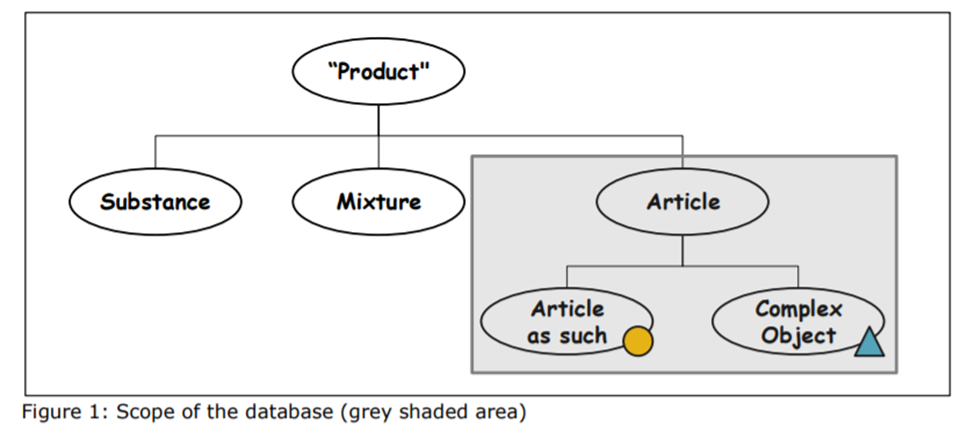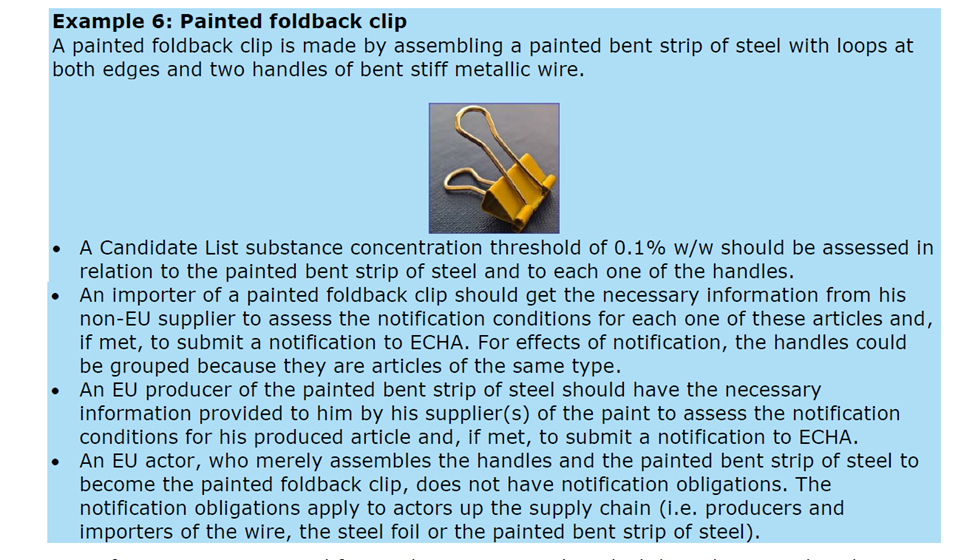U.S. Brands Importing Finished Goods to the European Union – Are You Ready for the January 5, 2021, submission deadline for SCIP?
This article was originally published in Wiley’s The WELL blog.
SCIP, of course, stands for “Substances of Concern In Articles, as such or in Complex Objects (Products)”. And, despite widespread speculation that the deadline for reporting would be extended, the anticipated deadline of one month from now remains firmly in place.
SCIP reporting is called for by Article 9(1)(i) of the European Waste Framework Directive (WFD) (2008/98/EC). The WFD requires suppliers to provide the information required by Article 33(1) of the Registration, Evaluation, and Authorization of Chemicals (REACH) Regulation to the European Chemicals Agency (ECHA). As a result, EU manufacturers and importers supplying articles containing substances of very high concern (SVHCs) on the REACH Candidate List in a concentration above 0.1% weight by weight (w/w) on the EU market have to submit information on these articles to ECHA. The figure below from the EU’s guidance illustrates the scope of SCIP:

As directed by Article 9(2) of the WFD, ECHA has established the SCIP database for this purpose. One of the ways in which the information will be used is that ECHA is required to provide access to the database to waste treatment operators and to consumers upon request.
While companies outside of the EU are not subject to this obligation, and are not allowed to submit SCIP notifications, their covered products still need to be on the SCIP database. Non-EU suppliers of articles may set up contractual agreements for EU entities to act on their behalf and may support EU customers by providing them the necessary information on SVHCs in supplied articles.
Covered products are those that meet the EU definition of an “article” under Article 3(3) of REACH – those that keep a special shape, surface or design, which is more decisive for their function than their chemical composition.
Some considerations to bear in mind –
-
Confidential business information (CBI) protection should be taken into consideration when these reports are prepared.
-
The packaging used to ship the article needs to be reported under SCIP. Because packaging is not considered a part of the substance, mixture, or article being packaged it is considered a separate article under REACH and the same requirements apply.
-
Many products shipped by U.S. companies are “complex objects” (a defined term under the SCIP rules), in that they consist of several parts that are joined or assembled together in various manners, either mechanically or by material means (e.g., soldering or with adhesives). SCIP calls for evaluating whether the separate component parts are articles themselves subject to reporting – here is an example the EU provides of how to look at your product:

-
The database contains reporting fields for both “complex objects” and their component articles. Per a pivotal Court Judgement (case C-106/14, 2015), articles that are assembled or joined together remain separate articles, as long as they keep a special shape, surface or design, which is more decisive for their function than their chemical composition.
To decide how many articles you have, if your product contains an SVHC above the reportable concentration or any other questions as the deadline nears, we invite you to contact us to engage in some further conversation.

